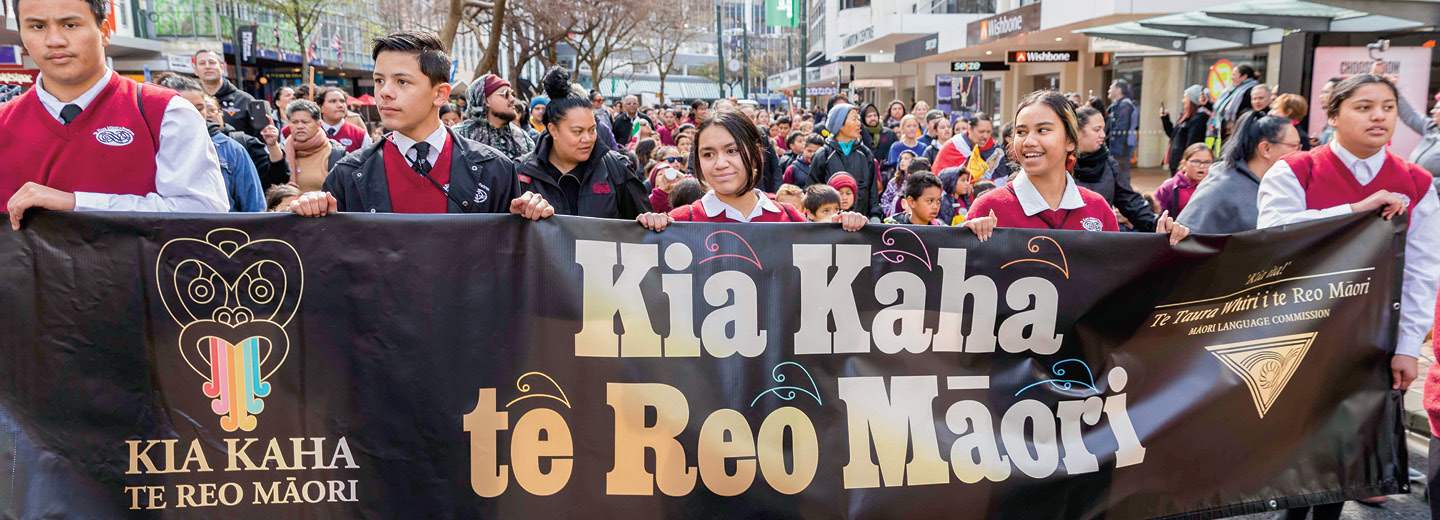For tribal elders of the Arapaho, their native language of the same name is deeply ingrained in their identity and history.
But of the estimated 11,000 Native Americans who make up the Northern Arapaho of Wyoming and the Southern Arapaho of Oklahoma, only about 1,000 can speak Arapaho fluently. And nearly all of them are over 50, putting the language at severe risk of disappearing when they die.
Arapaho is one of more than 3,000 languages worldwide that are endangered—at risk of dying out because most users speak and teach their children another language. Linguists predict that up to 90 percent of the estimated 7,100 languages in current use could disappear by the end of the century.
One of the biggest threats to language is globalization. As countries become more interconnected, the languages used by the wealthiest and most powerful countries—such as English and Mandarin—are becoming more dominant in business and the media.
Colonization has also taken a toll. For centuries, settlers went to faraway lands and forced the people they encountered to adopt their languages and customs.
For tribal elders of the Arapaho, their native language of the same name is deeply ingrained in their identity and history.
An estimated 11,000 Native Americans make up the Northern Arapaho of Wyoming and the Southern Arapaho of Oklahoma. Only about 1,000 of them can speak Arapaho fluently. And nearly all of those who can are over 50 years old. That puts the language at severe risk of disappearing when they die.
Arapaho is one of more than 3,000 languages worldwide that are endangered. That means they’re at risk of dying out because most users speak and teach their children another language. Linguists predict that up to 90 percent of the estimated 7,100 languages in current use could disappear by the end of the century.
One of the biggest threats to language is globalization. As countries become more interconnected, the languages used by the wealthiest and most powerful countries, such as English and Mandarin, are becoming more dominant in business and the media.
Colonization has also taken a toll. For centuries, settlers went to faraway lands and forced the people they encountered to adopt their languages and customs.

